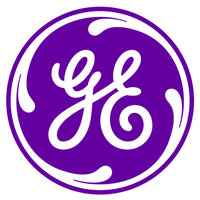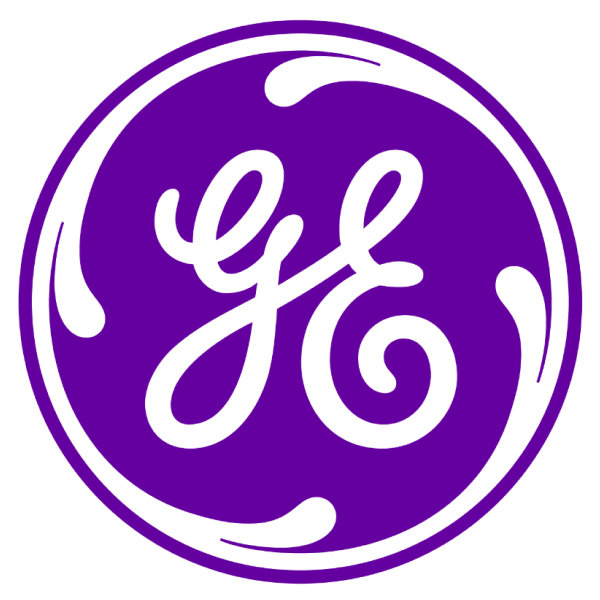
GE Healthcare Technologies Inc
NASDAQ:GEHC


| US |

|
Johnson & Johnson
NYSE:JNJ
|
Pharmaceuticals
|
| US |

|
Berkshire Hathaway Inc
NYSE:BRK.A
|
Financial Services
|
| US |

|
Bank of America Corp
NYSE:BAC
|
Banking
|
| US |

|
Mastercard Inc
NYSE:MA
|
Technology
|
| US |

|
UnitedHealth Group Inc
NYSE:UNH
|
Health Care
|
| US |

|
Exxon Mobil Corp
NYSE:XOM
|
Energy
|
| US |

|
Pfizer Inc
NYSE:PFE
|
Pharmaceuticals
|
| US |

|
Palantir Technologies Inc
NYSE:PLTR
|
Technology
|
| US |

|
Nike Inc
NYSE:NKE
|
Textiles, Apparel & Luxury Goods
|
| US |

|
Visa Inc
NYSE:V
|
Technology
|
| CN |

|
Alibaba Group Holding Ltd
NYSE:BABA
|
Retail
|
| US |

|
3M Co
NYSE:MMM
|
Industrial Conglomerates
|
| US |

|
JPMorgan Chase & Co
NYSE:JPM
|
Banking
|
| US |

|
Coca-Cola Co
NYSE:KO
|
Beverages
|
| US |

|
Walmart Inc
NYSE:WMT
|
Retail
|
| US |

|
Verizon Communications Inc
NYSE:VZ
|
Telecommunication
|
Utilize notes to systematically review your investment decisions. By reflecting on past outcomes, you can discern effective strategies and identify those that underperformed. This continuous feedback loop enables you to adapt and refine your approach, optimizing for future success.
Each note serves as a learning point, offering insights into your decision-making processes. Over time, you'll accumulate a personalized database of knowledge, enhancing your ability to make informed decisions quickly and effectively.
With a comprehensive record of your investment history at your fingertips, you can compare current opportunities against past experiences. This not only bolsters your confidence but also ensures that each decision is grounded in a well-documented rationale.
Do you really want to delete this note?
This action cannot be undone.

| 52 Week Range |
71.55
93.87
|
| Price Target |
|
We'll email you a reminder when the closing price reaches USD.
Choose the stock you wish to monitor with a price alert.

|
Johnson & Johnson
NYSE:JNJ
|
US |

|
Berkshire Hathaway Inc
NYSE:BRK.A
|
US |

|
Bank of America Corp
NYSE:BAC
|
US |

|
Mastercard Inc
NYSE:MA
|
US |

|
UnitedHealth Group Inc
NYSE:UNH
|
US |

|
Exxon Mobil Corp
NYSE:XOM
|
US |

|
Pfizer Inc
NYSE:PFE
|
US |

|
Palantir Technologies Inc
NYSE:PLTR
|
US |

|
Nike Inc
NYSE:NKE
|
US |

|
Visa Inc
NYSE:V
|
US |

|
Alibaba Group Holding Ltd
NYSE:BABA
|
CN |

|
3M Co
NYSE:MMM
|
US |

|
JPMorgan Chase & Co
NYSE:JPM
|
US |

|
Coca-Cola Co
NYSE:KO
|
US |

|
Walmart Inc
NYSE:WMT
|
US |

|
Verizon Communications Inc
NYSE:VZ
|
US |
This alert will be permanently deleted.
 GE Healthcare Technologies Inc
GE Healthcare Technologies Inc
GE Healthcare Technologies Inc
Investor Relations
GE Healthcare Technologies Inc. operates as a pivotal player in the vast landscape of medical technology, skillfully weaving a narrative that integrates cutting-edge innovation with practical application. As a segment originally spun out from the iconic General Electric Company, GE Healthcare focuses on enhancing diagnostics and patient care through its advanced imaging and monitoring systems. The company's portfolio spans a wide range of products, including magnetic resonance imaging (MRI) machines, ultrasound devices, and computed tomography (CT) scanners, each designed to provide medical professionals with critical insights needed for accurate diagnosis and effective treatment. By leveraging decades of engineering expertise and a rich history in innovation, GE Healthcare not only improves hospital efficiencies but also supports personalized healthcare solutions that help in the early detection and effective management of diseases.
Their revenue model is primarily centered around the sale of these high-technology machines and the accompanying service agreements that ensure their seamless operation. Additionally, the company generates income from its work in life sciences, offering a suite of applications and software that assist in drug discovery and bioprocessing. Combining hardware sales with recurring revenue streams from maintenance services and digital solutions enhances the company’s financial stability. This multifaceted approach positions GE Healthcare as both a stalwart in existing medical technology fields and a pioneer exploring the frontiers of healthcare innovations, driven by a mission to improve patient outcomes worldwide.

GE Healthcare Technologies Inc. operates as a pivotal player in the vast landscape of medical technology, skillfully weaving a narrative that integrates cutting-edge innovation with practical application. As a segment originally spun out from the iconic General Electric Company, GE Healthcare focuses on enhancing diagnostics and patient care through its advanced imaging and monitoring systems. The company's portfolio spans a wide range of products, including magnetic resonance imaging (MRI) machines, ultrasound devices, and computed tomography (CT) scanners, each designed to provide medical professionals with critical insights needed for accurate diagnosis and effective treatment. By leveraging decades of engineering expertise and a rich history in innovation, GE Healthcare not only improves hospital efficiencies but also supports personalized healthcare solutions that help in the early detection and effective management of diseases.
Their revenue model is primarily centered around the sale of these high-technology machines and the accompanying service agreements that ensure their seamless operation. Additionally, the company generates income from its work in life sciences, offering a suite of applications and software that assist in drug discovery and bioprocessing. Combining hardware sales with recurring revenue streams from maintenance services and digital solutions enhances the company’s financial stability. This multifaceted approach positions GE Healthcare as both a stalwart in existing medical technology fields and a pioneer exploring the frontiers of healthcare innovations, driven by a mission to improve patient outcomes worldwide.





























 You don't have any saved screeners yet
You don't have any saved screeners yet
